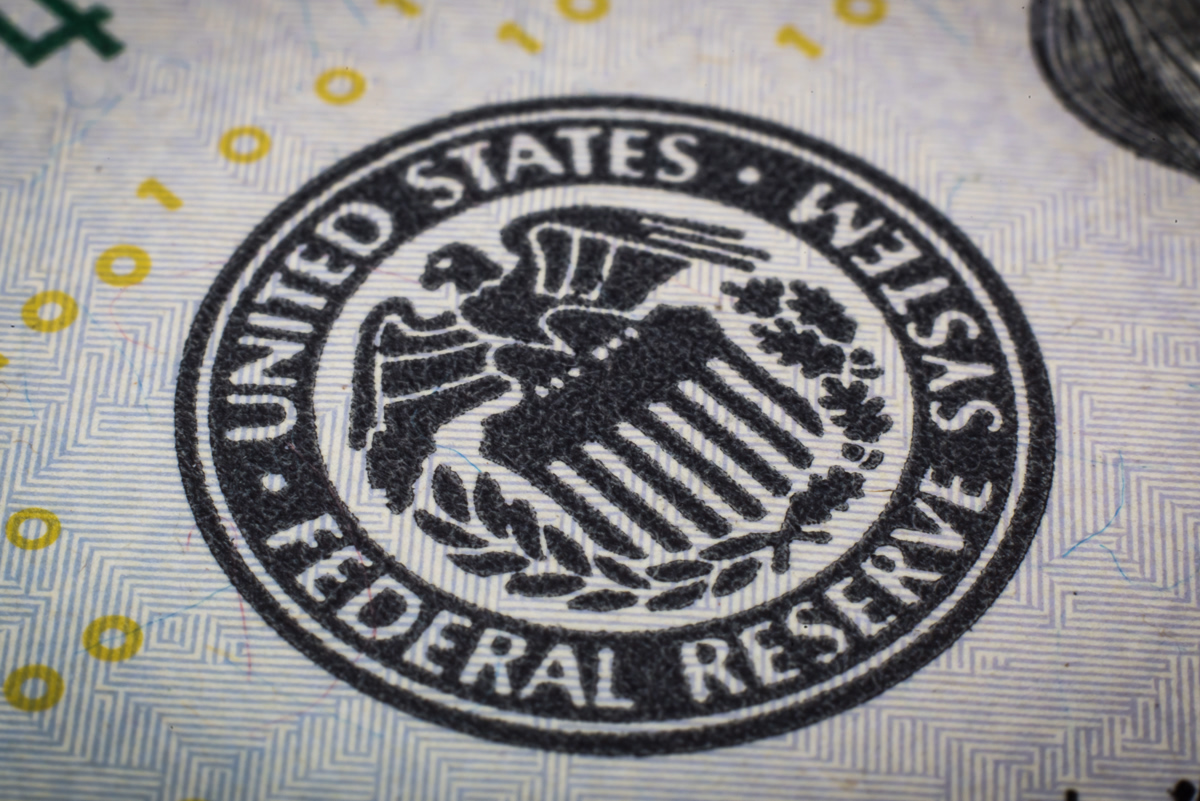One day after Donald Trump’s victory in the U.S. presidential election, officials at the Federal Reserve announced their decision to cut the benchmark interest rate by 25 basis points to a target range of 4.5% to 4.75%, a move that aligned with market expectations.
The reduction, made public on Thursday afternoon, was more modest than the 50-bps cut imposed after the Fed’s September meeting, which can be attributed to mixed signals from the U.S. economy.
“Recent indicators suggest that economic activity has continued to expand at a solid pace,“ Fed officials said in a statement. “Since earlier in the year, labor market conditions have generally eased, and the unemployment rate has moved up but remains low. Inflation has made progress toward the Committee’s 2 percent objective but remains somewhat elevated.
“The Committee seeks to achieve maximum employment and inflation at the rate of
2 percent over the longer run. The Committee judges that the risks to achieving its employment and inflation goals are roughly in balance. The economic outlook is uncertain, and the Committee is attentive to the risks to both sides of its dual mandate.“
Monetary policy watchers see modest rate cuts — or no cuts at all — on the horizon as a Trump administration is likely to expand government spending and boost consumption, putting more pressure on the Fed’s mission to bring inflation back to its 2% target.
Inflation is slowly cooling as the Consumer Price Index — the Fed’s preferred inflation gauge — fell by 0.1 percentage points from August to September and slowed to an annual increase of 2.4%. Meanwhile, the labor market has slowed as only 12,000 nonfarm payroll jobs were added in October, unchanged from the prior month.
Typically, the Federal Open Market Committee (FOMC) adjusts rates in 25-bps increments. Prior to this week’s meeting, the CME Group‘s FedWatch tool showed that 98% of interest rate traders expected officials to lower rates by 25 bps, while the rest projected rates to remain unchanged.
Despite the Fed’s moves, yields for the 10-year Treasury have increased, reflecting Trump’s more expansive fiscal agenda. On Wednesday, following the election results, it reached 4.45%. Consequently, the 30-year fixed mortgage rate went up to 6.93% on Thursday, per HousingWire’s Mortgage Rates Center.
Future meetings
Fed officials are scheduled to meet again in mid-December and most traders expect another 25-bps cut. But the perception that the Fed may leave rates at the current level is increasing.
“We view greater uncertainty with monetary policy with the Trump victory, especially with concerns related to a potential wave of inflation with the Trump trade, tax, and immigration policies,” wrote a team of analysts at Raymond James in report released Wednesday. “There may be offsets that prevent the second wave of inflation, but the Fed may be more cautious in the upcoming months as it digests the impacts of Trump’s policies.”
First American senior economist Sam Williamson agrees that additional upside surprises on inflation or employment data could influence the Fed to consider taking a December cut off the table. But, in contrast, accelerated economic weakness or a rapid slowdown in inflation could prompt the Fed to take a more dovish approach to policy normalization
“However, over the next year we anticipate further, though gradual, declines in mortgage rates, consistent with the Fed’s longer-term projections on the future path of interest rates, which should help stimulate demand, and to a lesser extent, supply,” Williamson said.
Looking at Fed officials themselves, Keefe, Bruyette & Woods analysts forecast potential replacements for Jerome Powell and Vice Chair Michael Barr when their terms end in 2026. Potential successors are Christopher Waller, a member of the Fed Board of Governors; Kevin Warsh, a former Fed governor; and David Malpass, a former president of the World Bank Group.
“The Trump victory will usher in the largest change in federal financial regulators in the history of the U.S. The only federal financial regulators that will remain is the leadership at the Federal Reserve,” the Raymond James analysts wrote. “The fate of Chairman Powell will also be debated. We will be watching to see Trump’s selection for Treasury Secretary. The more Trump’s Treasury Secretary can back-channel communications, the greater probability Powell will finish his term.”
Mortgage pros’ mindset
According to Phil Crescenzo Jr., vice president for the Southeast division at Nation One Mortgage Corp., the market was favorable prior to the Fed’s September meeting, with some clients locking in a mortgage at rates below 6%. Those who waited saw “all the savings just go right out the window because rates moved up so quickly.”
Now, “because we’re going the opposite way, maybe the meeting, the announcements, the election, all these things may swing it back positive,” Crescenzo added. In a market he calls “unpredictable,” he tells clients who can afford to purchase to move forward with their applications.
“We are trying to be safe and cautious but also not missing opportunities,” Crescenzo said.
Shannon Hoff, a senior mortgage adviser at American Pacific Mortgage — a lender with 1,685 sponsored LOs and 426 active branches — said that there are those waiting for rates to go down and those doing business as usual.
“Everything is a mindset. It has definitely been a rough couple of years, but people continue to buy homes and still need refinances to pay off debt or fix up their home,” Hoff said.
Editor’s note: This is a developing story and will be updated.

